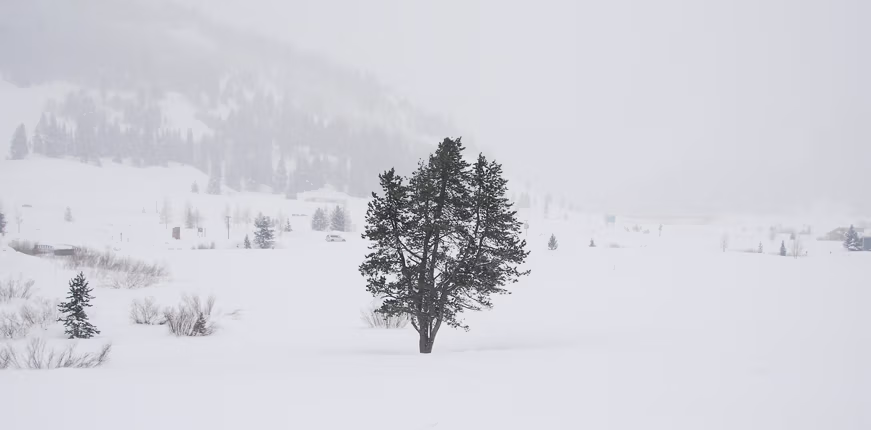Natural Gas System Reliability: Preparation for The Next Big Freeze.

Is natural gas system reliability a given this winter? Most of us will not have forgotten Storm “Uri” that caused widespread outages in February 2021 – especially if we were among the many millions without power.
Crucial natural gas production was widely held up due to lack of electricity. And electricity failed without its primary fuel source, natural gas.
Could this happen again?
Here, we’ll look at what happened, what caused the outages, and, finally, some of the preliminary recommendations to improve electricity and natural gas system reliability this year.
So What Happened?
It’s worth reviewing how widespread the outages were. They affected customers under the auspices of:
- ERCOT, which monitors the equipment that keeps electricity flowing from where it’s created to Texan homes and businesses. The major source of generating capacity in Texas (51%) is natural gas.
- MISO, which operates the power grid across 15 U.S. States and also Manitoba in Canada. 42 million people depend on this operator.
- SPP, a regional transmission organization that oversees most of the electric grid in 17 central U.S. States.
What happened, in effect, was that, due to extreme weather conditions, the power went down in millions of premises, and restoration was neither quick nor easy. This resulted in huge costs and disruption. According to Chairman Glick of FERC (responding to a preliminary report) the industry had ignored lessons from winter 2011.
What Went Wrong?
According to the report, these were the essential issues affecting natural gas system reliability:
- Frozen instrumentation interrupting supply
- Natural gas fuel supply accounting for 87% of all outages
- The interdependency of electricity and gas production – necessary for both to work
- Failure of ERCOT to identify most natural gas production and processing facilities as critical to supply and to therefore protect them from load shedding
- Lack of coordination between manual and automatic load shed, taking into account the magnitude and duration required for the necessary response
This is, therefore, yet another wake-up call. Moreover, this time, FERC is determined that the natural gas and electricity industries will act quickly before the onset of winter 2021-22.
Back to Our Question: Could it Happen Again?
Preliminary recommendations show that industry can prevent it happening in the future.
This is because the proposed remedial actions boil down to the following two points, which can make a significant difference to gas system reliability if acted upon now:
- Power providers must protect and enable cold weather critical components to withstand extreme weather to ensure natural gas reliability in winter.
- Power providers must also provide data about how much of their generating capacity will be reliably available in inclement weather. To decide these figures accurately, they must obviously adjust temperature data for wind cooling.
Already, the Railroad Commission of Texas (Oil and Gas Division) has issued detailed advice to gas facility and pipeline operators to ensure weatherization of the power grid and the natural gas system on which it relies. Some experts, however, believe these efforts are showing only limited gains so far.
So, yes, in the short term it could happen again. On the other hand, weatherization is indeed underway. And FERC Chairman Glick insists he will not allow anyone to water down the recommendations.
We Can Help
Catalytic heaters, mentioned in the preliminary recommendations, provide a serious margin of protection for crucial parts of natural gas supply lines. Contact us today to help you weatherize your natural gas pipelines for winter reliability.

